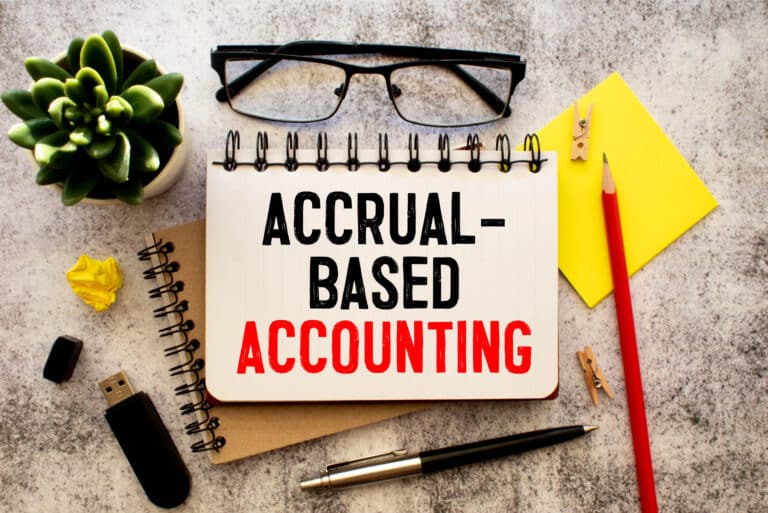Back in my corporate accounting days, I worked at a really big company at one point. The bigger the company, the more acronyms there are, or so it seems. I had a colleague that absolutely hated acronyms. Every time he heard “BAU” (business as usual) he’d shudder.
Acronyms are commonplace in today’s world of business, and two of the most common we hear and use are MRR and ARR. But…what do these even mean. Let’s explore.
What is MRR?
MRR means monthly recurring revenue. This is revenue that you can count on from a customer, or group of customers, every single month.
What is ARR?
ARR means annual recurring revenue. This is revenue that you can count on from a customer, or group of customers, on an annualized basis.
How to calculate MRR
MRR is the average monthly revenue per customer, times the number of customers. You can also simply add up the monthly for each customer.
How to calculate ARR
ARR is MRR times 12. Simple.
What costs are included in MRR and ARR?
None. Both MRR and ARR are a measure of revenue, not a measure of margin.
What’s better for cash flow, MRR or ARR?
The more frequent the revenue is earned and collected, the easier it is to forecast cash flow.
Here is an example: A customer is billed once per year and pays immediately. The fee that you collect is $12,000 each year. Based on the formulas above, the MRR for this customer is $1,000. Conversely, a customer that is billed $1,000 each month and cash is collected immediately will also have an MRR of $1,000. The cash inflow for the year will be the same, $12,000, however, the customer that is billed on a monthly basis will make planning and forecasting a bit easier.
However, if the customer that is collected in a lump sum pays upfront, that would be a better scenario. Of course, that also assumes adequate planning for the latter part of the year, but you’ll have a full year to invest that cash and get a return on your money.
How do you track MRR and ARR?
Tracking MRR and ARR starts with good accounting. A proper accounting system and process will give you the data you need to calculate these KPIs. Some accounting and/or billing systems will track MRR and ARR natively. However, if they don’t, you can use something as simple as a spreadsheet. My personal recommendation would be to include them on a KPI dashboard like the one shown here.
How do MRR and ARR impact the value of your business?
Assuming your business is a going concern and is profitable, the value of your business is likely predicated on the stream of cash it generates to its owners. The more predictable that cash stream is, the more valuable your business will be. Cash, hopefully, is generated by the revenue of the business. Also consider that if the revenue is contracted, it generally becomes more predictable.
Focusing on consistently increasing your MRR, and efficiently collecting on the same, will increase the value of your business over time. Additionally, your business will be more attractive to buyers and easier to sell.
Conclusion
In conclusion, MRR and ARR are two common acronyms that are used in today’s business world. The calculations are not complicated, but the concepts are important to understand. By focusing on increasing your recurring revenue over time, your cash flow will be more predictable, the value of your business will increase and your business will be more valuable.




